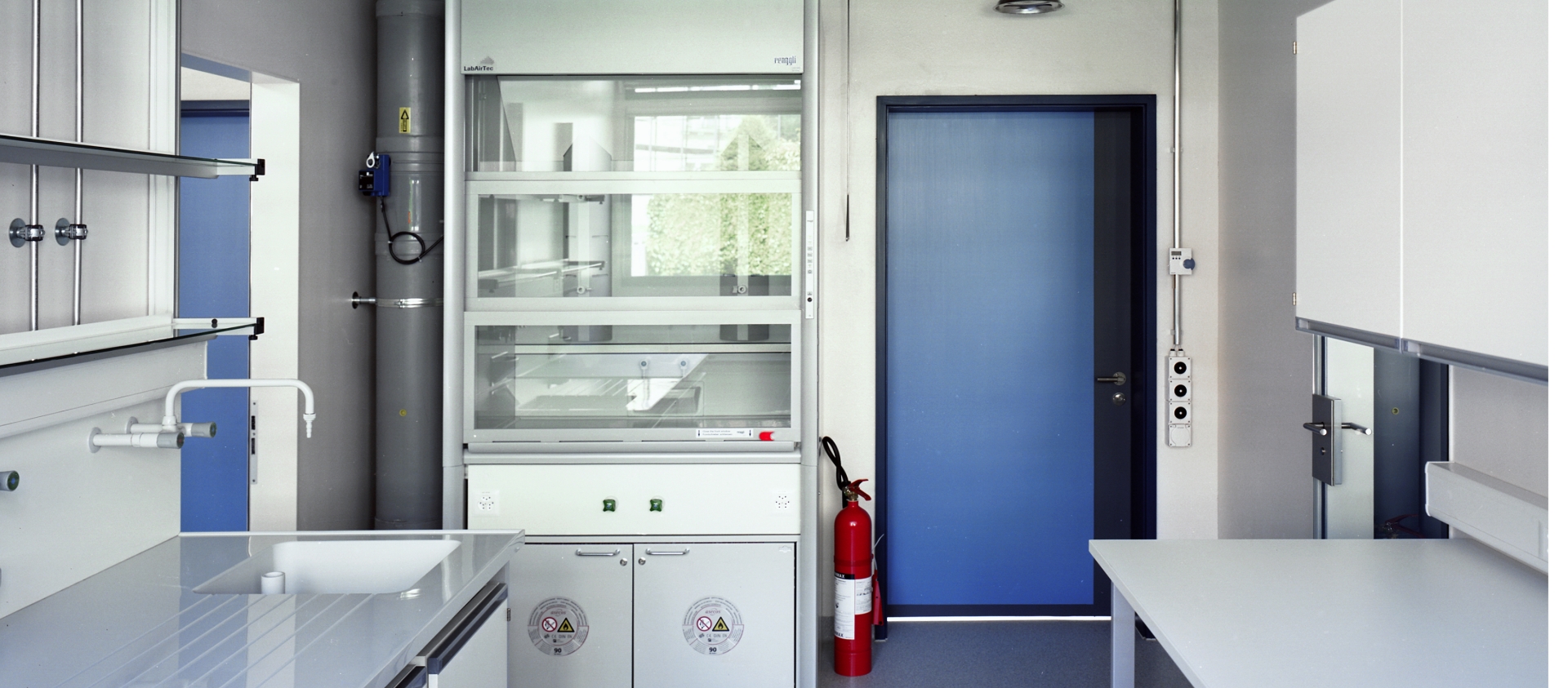
“Growth and development are necessary if the University is to make the expected contribution.”
Executive Board
Focusing on future viability
The University of Bern continues to be confronted with a structural deficit. Without an adjustment to basic funding, external funding will have to be diverted to cover this deficit in future.
By Markus Brönnimann, Administrative Director
Finances
The University of Bern can count on stable basic funding by the Canton of Bern and the federal government. This is fundamentally important for the ongoing operation of the University. However, growth and development are necessary if the University is to flourish over the long term in a national and international environment and make the contribution expected by the region. Secondly, the University relies on the canton financing the agreed salary measures. In both cases, the development of basic funding lags behind requirements, meaning we are confronted with a structural deficit.
In the reporting year, the contribution from the Canton of Bern amounted to CHF 329.9 million, with a total turnover of CHF 942.2 million. In our accounts, we have generated a total deficit of CHF 34.1 million. In basic funding, there was a loss of CHF 43.5 million. In terms of external funding and funds, the recovery seen on the stock market had a positive impact on results compared to the previous year. In total, external funding and funds saw a positive result of CHF 9.4 million.
As part of basic funding, the University has capital reserves at its disposal that can be used to compensate for the result. However, these reserves are now exhausted. We are now confronted by a situation where, instead of capital reserves, we will have to cover further structural deficits using external funding that is not intended for structural financing. This is then no longer available for investments in innovations in research, services and administration. Funding is then diverted and the University weakened as a result.
Despite the negative financial results, cost-cutting measures are not an option for the University in the current situation.
Did you know that around 10 million hours are worked at the University each year?
Markus Brönnimann, Director of Administration
Infrastructure
The right infrastructure is an important prerequisite for being able to survive against the competition in education and research. Although an important project is well under way with the research building at Bern University Hospital, the overall situation remains critical. Three priority fields of action have been identified by the University. Firstly, the utilization of rooms has to be optimized in order to use the available infrastructure to its full potential. There is definitely still scope for improvement here that can be achieved with consolidation measures and new workplace concepts. However, this will not solve the basic problem. The maintenance agreement with the Office for Land and Buildings (AGG) that is now in force is also useful, with over 180 measures implemented in the reporting year as a result. Secondly, there is the timely provision of additional space – an area where we are not progressing to the extent necessary. Laboratory space is lacking in particular.
Thirdly, there is the modification and further development of the framework conditions. The idea of a real estate company for the universities in Bern has been heard and is now being discussed.
Despite all the discontent, we would like to take this opportunity to emphasize that we now have a new, extremely constructive basis for cooperation with our colleagues at the AGG. Although we are naturally not always of the same opinion, discussions are always constructive. We would like to offer our thanks to the colleagues at the AGG for this positive development.
“Fit for Future” program
A year ago, I reported on the “Future of Work” workshop. Based on this, a program named “Fit for Future” with twelve fields of action was developed and implemented.
The focus is on the two strategies “Strategy 2030” (overarching strategy at the University) and “People in Digital Transformation” (an important field of action). Eleven other fields of action are grouped around these two strategies, which can be divided into the groups “Teaching”, “Research and Innovation”, “Organization, Culture and Management”, and “Infrastructure”. The twelve fields of action are processed in different structures and at different speeds and are coordinated centrally via the “Fit for Future” program.
With this program, the University has been able to develop on a broad base in order to secure its long-term competitiveness and appeal.
Development in external funding
Basic funding / external funding: The income generated by the University, which serves as the University's structural basic funding, counts as basic funding. All other income is recorded as external funding. Due to the separation of revenue into basic funding and external funding, individual items can only be compared with the income statement according to Swiss GAAP FER to a limited extent.
Private sector funding: Income from the private sector, private individuals, foundations and similar organizations.
Until 2016 the income of the service centers was booked under basic funding, from 2017 under external funding.
The individual parameters can be selected or deselected by clicking on the legend.
